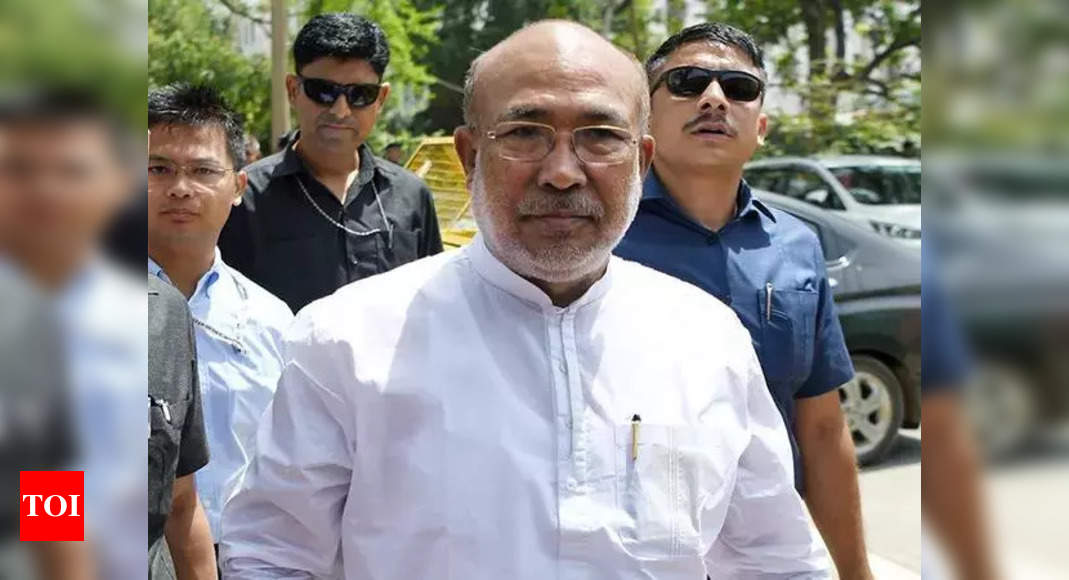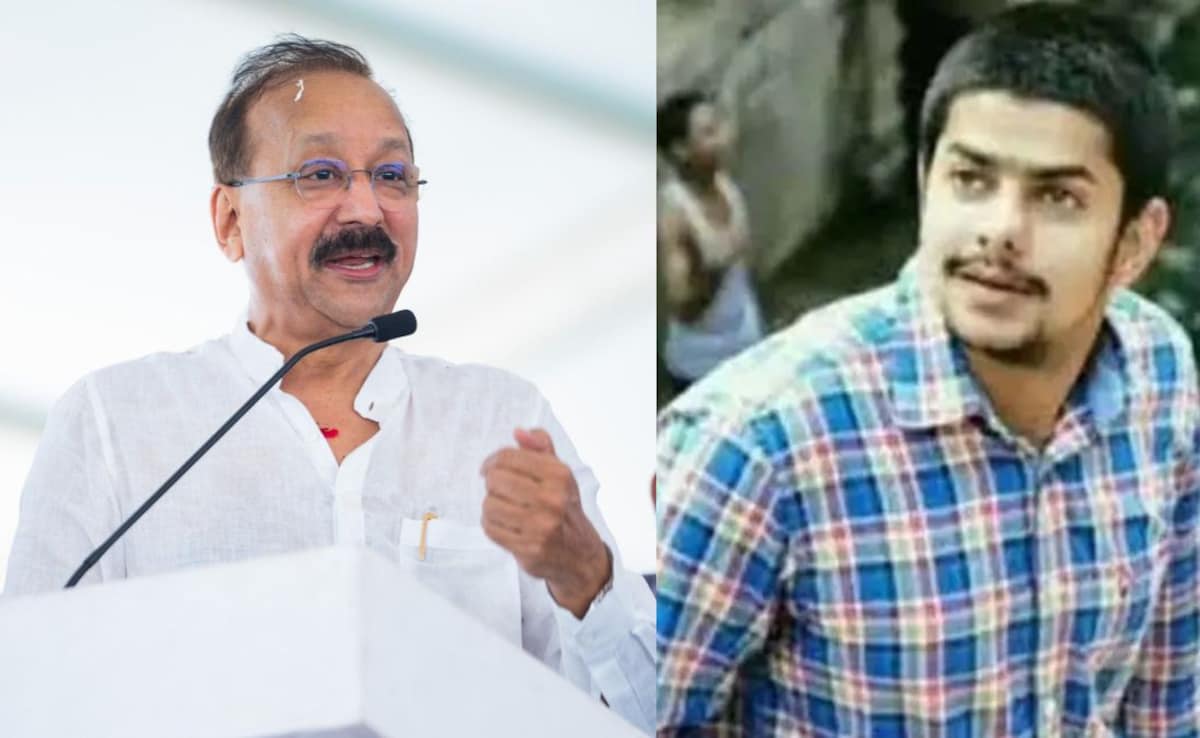
Russia has established a weapons programme in China to develop and produce long-range attack drones for use in the war against Ukraine, Reuters reported citing two sources from a European intelligence agency. A subsidiary of Russian state-owned arms company Almaz-Antey, known as IEMZ Kupol, has developed and flight-tested a new drone model called Garpiya-3 (G3) in China with the help of local specialists, as outlined in a report sent by Kupol to the Russian defence ministry earlier this year, according to an exclusive report from Reuters.
In a subsequent update, Kupol informed the defence ministry that it was capable of producing drones, including the G3, at scale at a factory in China, enabling the weapons to be deployed in the “special military operation” in Ukraine, the term used by Moscow to refer to the war.
Kupol, Almaz-Antey, and the Russian defence ministry did not respond to requests for comment, while China’s foreign ministry said that it was not aware of such a project and that Beijing had strict control measures on the export of drones.
Fabian Hinz, a research fellow at the International Institute for Strategic Studies, a London-based defence think-tank, said that the delivery of UAVs from China to Russia if confirmed, would be a significant development, as previous reports have mainly focused on the delivery of dual-use goods and components.
However, Samuel Bendett, an adjunct senior fellow at the Center for a New American Security (CNAS), a Washington-based think-tank, suggested that Beijing would be hesitant to open itself up to international sanctions for assisting Moscow’s war machine and that more information was needed to establish China’s role in hosting the production of Russian military drones.
US expresses deep concern
The White House National Security Council expressed deep concern over the Reuters report, viewing it as an instance of a Chinese company providing lethal assistance to a US-sanctioned Russian firm, although there was no evidence to suggest the Chinese government was aware of the transactions involved.
Britain’s foreign office called on China to stop providing diplomatic and material support to Russia’s war effort, saying that the supply of weapons would directly contradict China’s statements that it would not provide weapons to relevant parties of the conflict.
According to the reports from Kupol to the Russian defence ministry, the G3 can travel approximately 2,000 km with a payload of 50 kg. Samples of the G3 and other drone models made in China have been delivered to Kupol in Russia for further testing, with the involvement of Chinese experts.
The documents reviewed by Reuters, which are invoices sent to Kupol in the summer by a Russian firm serving as an intermediary with Chinese suppliers, indicate that Kupol has taken delivery of seven military drones made in China, including two G3s, at its headquarters in the Russian city of Izhevsk.
The two intelligence sources said that the delivery of the sample drones to Kupol was the first concrete evidence their agency had found of whole UAVs manufactured in China being delivered to Russia since the Ukraine war began in February 2022.
China claims it maintains neutral stance
According to the documents reviewed by Reuters, Kupol has been working on a project to manufacture drones in China for use in the ongoing conflict in Ukraine. The reports and invoices provided by the sources suggest that Kupol has been communicating with the Russian defence ministry about this initiative, although the exact locations of the related sites were not specified.
China has consistently denied supplying weapons to Russia for use in Ukraine, maintaining a neutral stance. The Chinese foreign ministry highlighted the contrasting behaviour of other countries with “double standards on arms sales” that have contributed to escalating the Ukrainian crisis. The ministry also said that there are no international restrictions on China’s trade with Russia, in response to a previous Reuters report about Kupol producing the Garpiya-A1 long-range military drone in Russia using Chinese components.
The documents indicate that Kupol has gone beyond sourcing parts and is now procuring complete UAVs from China.
Both Russia and Ukraine are working to increase their drone production, as these weapons have proven to be highly effective in the conflict.
David Albright, a former UN weapons inspector, suggests that Kupol could circumvent Western sanctions on Russia by establishing a production facility in China, where it would have access to advanced chips and expertise. However, Bendett from CNAS points out that China may be cautious about officially hosting a factory that builds UAVs for Russia, as it could expose the country to more severe sanctions.
Chinese experts redesigned G3 drone
The G3, a drone developed by Kupol, is an enhanced version of the Garpiya-A1, based on reports sent to the Russian defence ministry. Chinese experts redesigned the G3 using the Garpiya-A1’s blueprints, according to the Reuters report.
Within eight months, Kupol said that the project in China would be ready to manufacture a Chinese-designed REM 1 attack UAV capable of carrying a 400kg payload. Two European intelligence sources compared this system to the US Reaper drone.
The sources revealed that TSK Vektor, another Russian defence company, served as the intermediary between Kupol and Chinese suppliers in the project. They mentioned that the Russian companies collaborated with Redlepus TSK Vector Industrial, a Chinese company based in Shenzhen, without providing details on Redlepus’ specific role.
A separate document reviewed by Reuters outlines plans for Kupol, TSK Vektor, and Redlepus to establish a joint Russian-Chinese drone research and production centre in the Kashgar special economic zone in China’s Xinjiang province. The document, which bore the logos of the three companies, did not specify the intended recipient or a timeline for the centre’s operation.
The proposed “Advanced UAV Research and Manufacturing Base” would span 80 hectares and have the capacity to produce 800 drones annually, according to the document.
In a recent meeting in St Petersburg about drone production, Russian President Vladimir Putin announced that his military had received around 140,000 drones in 2023 and aimed to increase this number tenfold within the year. He emphasised, “Whoever reacts faster to demands on the battlefield wins.”









